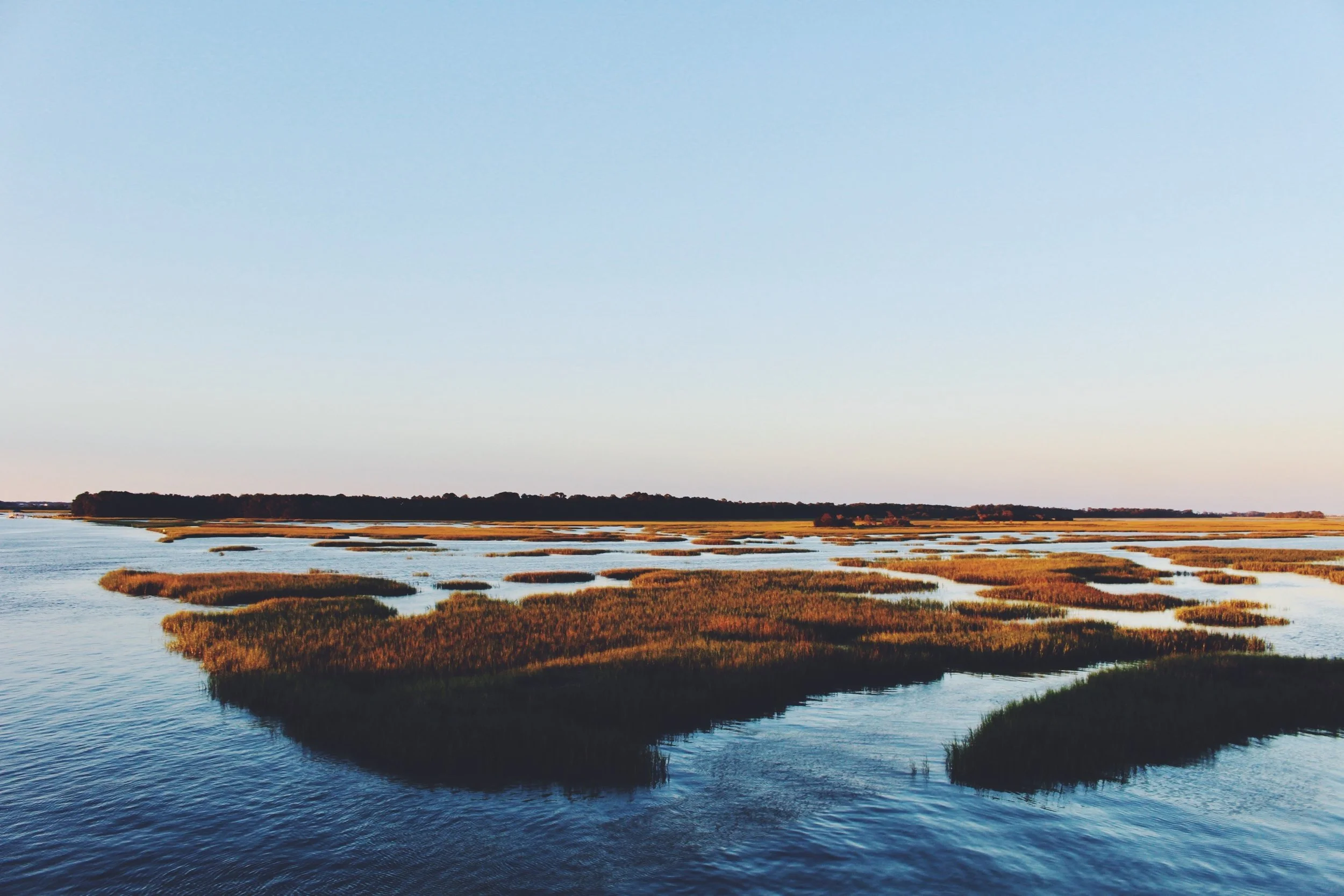
The ECG Blog
How to Improve Your Communication Skills for Men and Women in Charleston, South Carolin
The Power of Nonviolent Communication
Communication is at the heart of human interaction. It’s the bridge between individuals, connecting us in times of need, conflict, or joy.
However, as Marshall Rosenberg eloquently outlined in his groundbreaking work on Nonviolent Communication (NVC), much of our communication is fraught with misunderstanding, judgment, and, at times, violence.
According to Rosenberg, the way we communicate can either create barriers between us or foster deeper understanding and connection.
What is Nonviolent Communication?
Nonviolent Communication (NVC), sometimes referred to as “compassionate communication”, is a method developed by psychologist Marshall Rosenberg in the 1960s. Rosenberg's approach aims to promote empathy, connection, and understanding in all forms of interaction.
NVC is based on the premise that, at our core, all human beings share similar needs, and our actions and words are attempts to meet these needs. When we become disconnected from our needs and the needs of others, we begin to communicate in ways that can be harmful or destructive.
Rosenberg identified two major forms of communication: life-alienating and life-enriching.
Life-alienating communication includes judgments, criticisms, labels, demands, and coercion—things that often lead to conflict and misunderstanding.
Life-enriching communication, the goal of NVC, involves creating a space where people can express their needs and feelings in ways that promote connection rather than division.
The Four Components of Nonviolent Communication
Rosenberg’s model of NVC consists of four main components:
Observation: Observing what is actually happening in a situation without evaluating or interpreting it. For example, instead of saying, "You never listen to me," an observation might be, "When I talked to you this morning, you were looking at your phone."
Feelings: Identifying and expressing how we feel about what we have observed. Rather than hiding or minimizing our emotions, NVC encourages people to be open about what they are experiencing. "I feel frustrated and unheard" is a simple and honest way to share emotions.
Needs: Recognizing the underlying needs or values behind our feelings. In NVC, unmet needs are at the root of conflicts. By naming our needs, we help clarify what is driving our emotions. For example, “I need to feel valued and heard in our conversations” shifts the focus to what’s important.
Requests: Making clear and specific requests for actions that might meet our needs. Requests in NVC are framed positively and with flexibility, allowing the other person freedom to respond rather than feeling coerced. Instead of demanding, “Stop looking at your phone,” a request might be, “Would you be willing to put your phone down while we talk?”
These four components work together to create a communication framework that fosters clarity, empathy, and mutual understanding.


